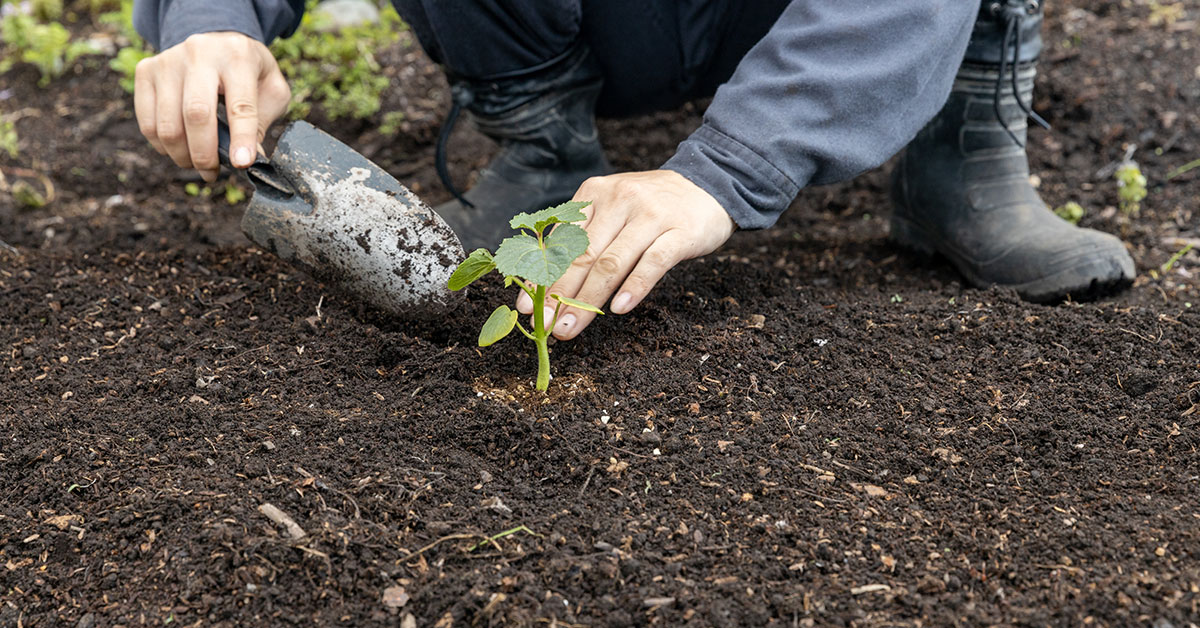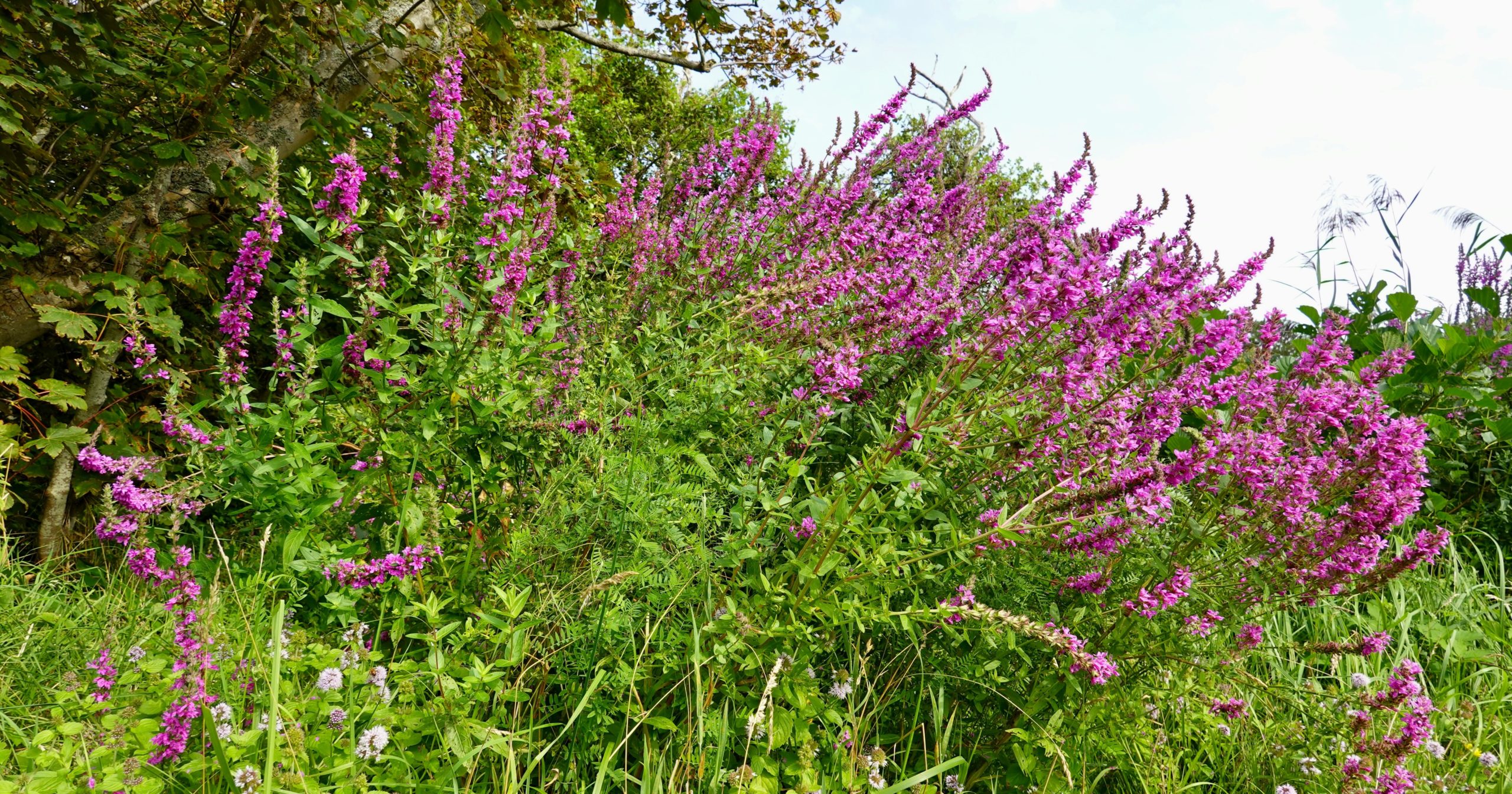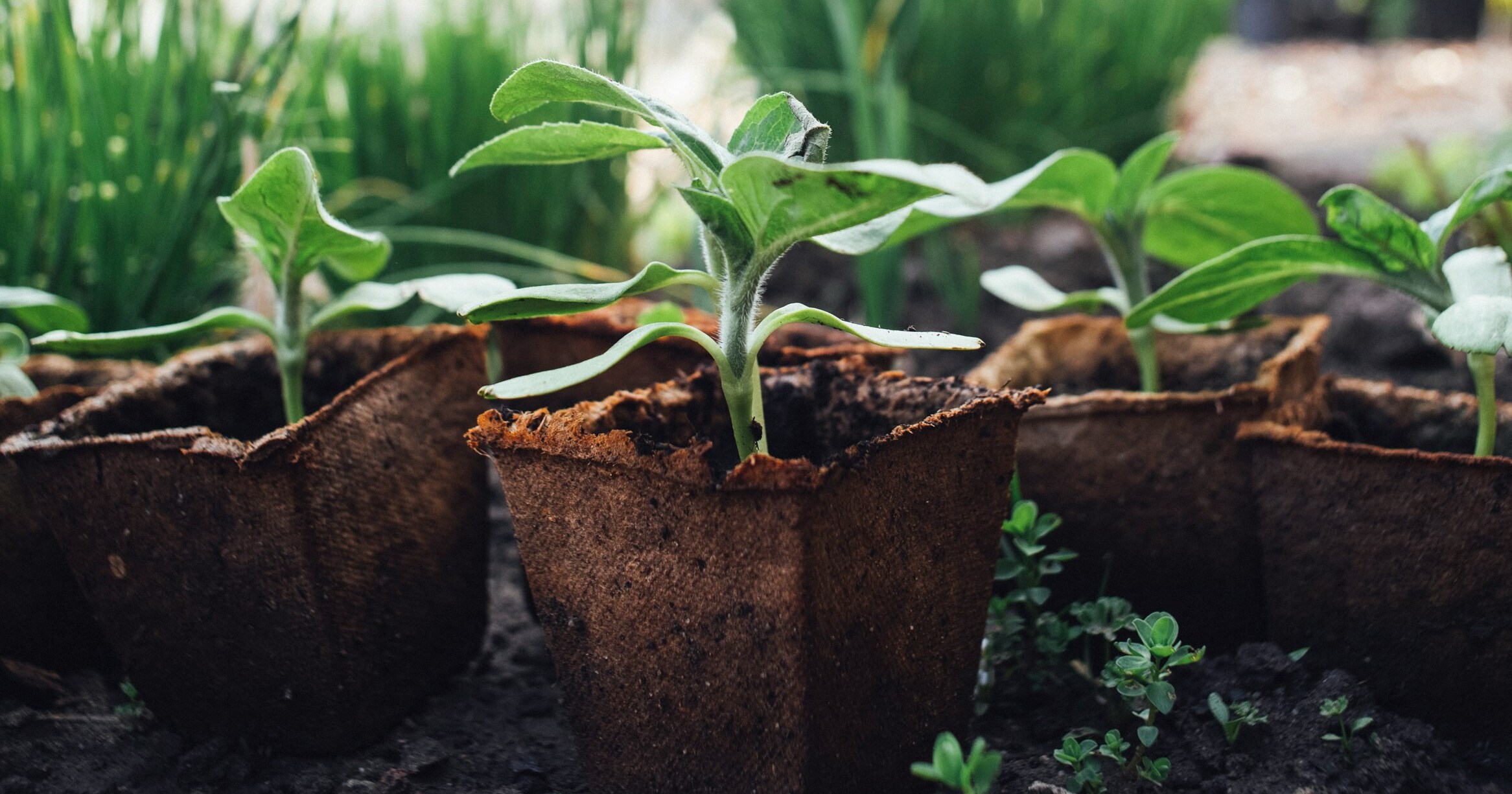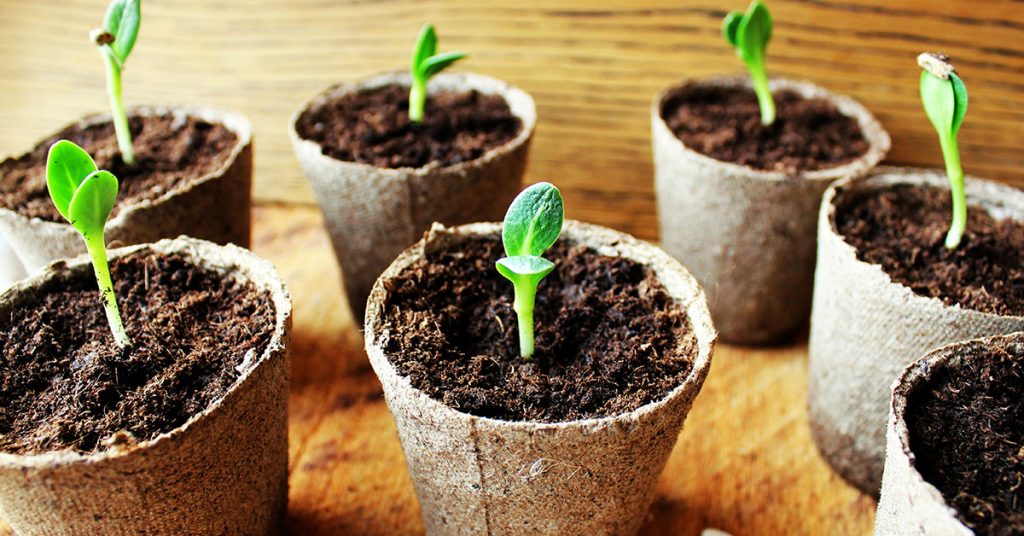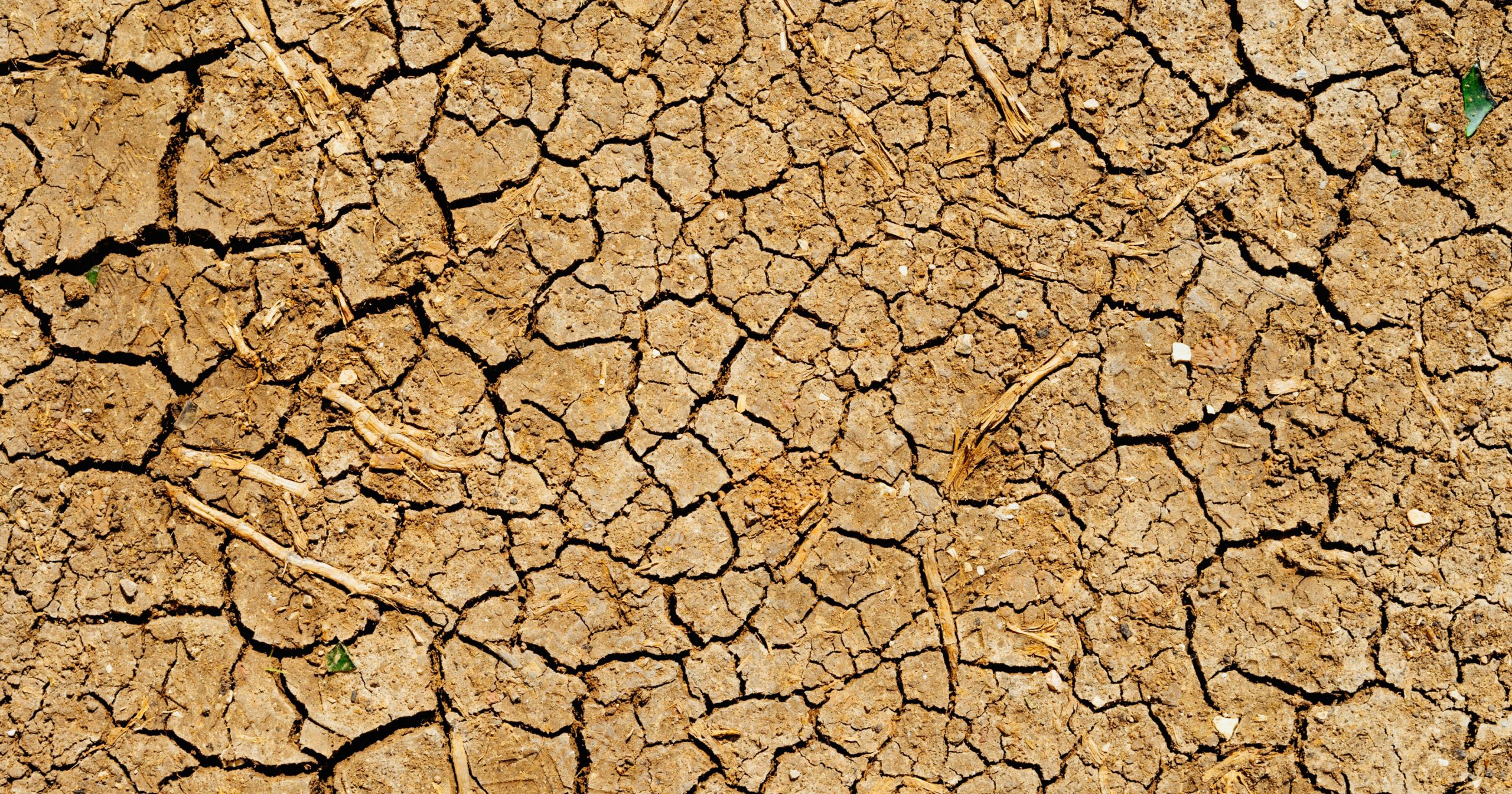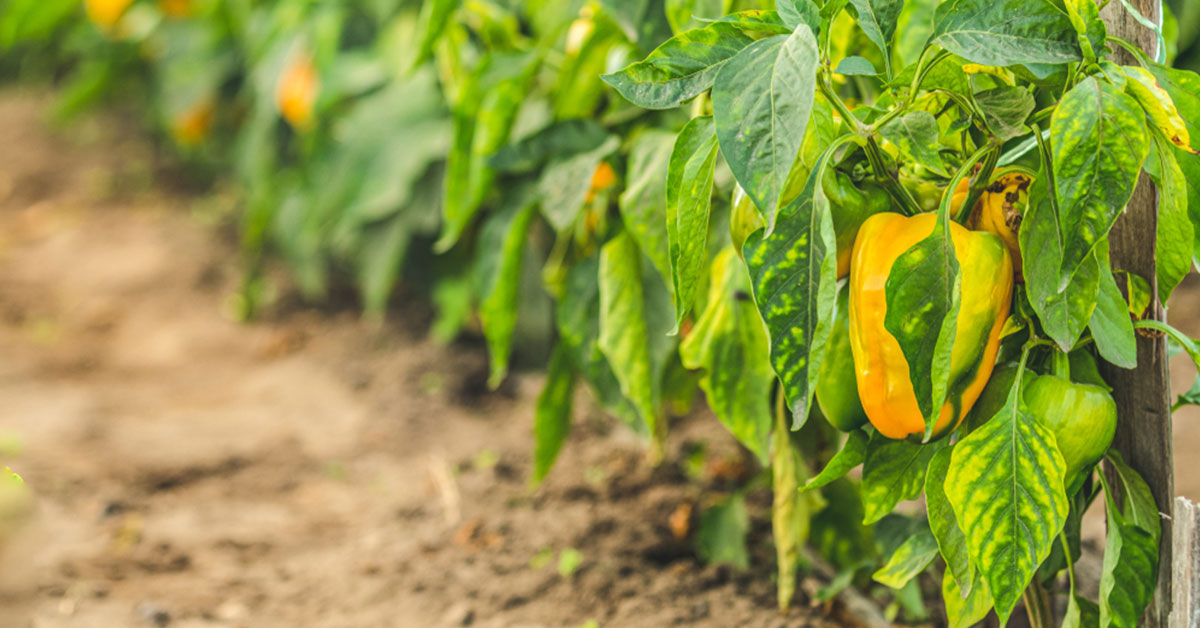Welcome to the world of okra cultivation in Zone 3! Growing okra in colder climates can be a rewarding and exciting endeavor, as this warm-season vegetable thrives in hot and sunny conditions. While Zone 3 may present some challenges due to its shorter growing season and cooler temperatures, with the right planning and techniques, you can still enjoy a bountiful harvest of this delicious and versatile vegetable. In this article, we will delve into the optimal timing for planting okra in Zone 3, taking into consideration the frost dates, soil temperature, and other crucial factors that will help you achieve success in your okra-growing journey.
Best okra varieties to grow in zone 3
Okra is a warm-season crop that thrives in hot and humid climates. Zone 3 is characterized by cold winters and short growing seasons, which can make it challenging to grow okra successfully. However, there are a few varieties that can tolerate cooler temperatures and have a better chance of producing a harvest in zone 3. Here are a couple of options:
- ‘Clemson Spineless’: This is a popular okra variety known for its high yields and disease resistance. While it prefers warmer climates, it can tolerate cooler temperatures better than many other varieties. It typically takes around 55-60 days to mature, so it’s important to start seeds indoors or use transplants to get a head start on the growing season.
- ‘Burgundy’: This variety is unique because its pods are a deep burgundy color instead of the traditional green. ‘Burgundy’ okra is known for its ornamental value and can tolerate slightly cooler temperatures. It usually takes around 55-60 days to mature, so starting seeds indoors or using transplants is recommended.
Remember that even with these varieties, you may still face challenges growing okra in zone 3 due to the short growing season and cooler temperatures. Consider using season extension techniques such as row covers or cold frames to protect the plants and extend the growing season.
When to plant okra in zone 3
In Zone 3, which experiences cold winters and short growing seasons, it can be a bit challenging to grow okra. However, with proper planning and care, it is still possible to have a successful okra harvest.
The best time to plant okra in Zone 3 is after the last frost date in spring. Typically, this falls between late May and early June. It is crucial to wait until the soil has warmed up and there is no risk of frost, as okra plants are sensitive to cold temperatures.
For reference, here are the best planting times for okra in each of the USDA hardiness zones:
- Zone 3: Late May to early June
- Zone 4: Mid to late May
- Zone 5: Mid to late May
- Zone 6: Mid to late May
- Zone 7: Mid to late April
- Zone 8: Mid to late April
- Zone 9: Mid to late March
- Zone 10: Mid to late February
- Zone 11: Year-round planting is possible, but avoid extreme heatwaves
It’s important to note that these are general guidelines, and local weather conditions can vary. It’s always a good idea to monitor your local weather forecast and adjust your planting schedule accordingly.
When planting okra, choose a sunny spot in your garden with well-draining soil. Okra plants require full sun to thrive and produce a good harvest. Prepare the soil by adding organic matter, such as compost, to improve its fertility and drainage.
Sow the okra seeds about 1 inch deep and 12-18 inches apart, leaving enough space for the plants to grow and spread. Water the seeds gently but thoroughly after planting, and keep the soil consistently moist throughout the growing season.
Okra plants prefer warm temperatures, so it’s essential to provide them with a warm and protected environment. Consider using row covers or plastic mulch to create a microclimate that helps retain heat and promote growth.
Regularly monitor your okra plants for pests, such as aphids or caterpillars, and take appropriate measures to control them. Additionally, provide support for the plants as they grow taller by using stakes or cages to prevent them from falling over.
Harvest the okra pods when they are young and tender, typically around 3-4 inches long. Regular harvesting encourages continuous production. If the pods become too mature and tough, they can be left on the plant to mature and produce seeds for future planting.
By following these guidelines and adjusting them to your specific hardiness zone, you can increase your chances of successfully growing okra and enjoying a bountiful harvest.
How to grow okra in zone 3
Growing okra requires careful planning and attention to detail. Here are the steps and considerations to keep in mind when growing okra:
- Climate: Okra thrives in warm climates with temperatures between 70-90°F (21-32°C). It is a heat-loving plant and requires a long growing season, typically 60-70 days from planting to harvest. Ensure your location provides enough warmth and sunlight for successful growth.
- Soil preparation: Okra prefers well-draining soil with a pH level between 6.0-6.8. Before planting, amend the soil with organic matter such as compost or aged manure to improve its fertility and drainage. Remove any weeds or debris from the planting area.
- Planting: Okra can be directly sown into the garden or started indoors 4-6 weeks before the last frost date. If starting indoors, use biodegradable pots to avoid disturbing the roots during transplanting. Plant the seeds 1 inch deep and 12-18 inches apart, with rows spaced 3-4 feet apart.
- Watering: Okra requires regular watering to keep the soil consistently moist but not waterlogged. Water deeply once or twice a week, providing approximately 1 inch of water per week. Avoid overhead watering to prevent leaf diseases. Mulching around the plants helps retain moisture and suppresses weed growth.
- Fertilization: Okra is a heavy feeder and benefits from regular fertilization. Apply a balanced organic fertilizer or compost at planting time and side-dress with additional fertilizer every 4-6 weeks during the growing season. Follow the manufacturer’s instructions for proper application rates.
- Support: Okra plants can grow quite tall, reaching heights of 4-6 feet. Consider providing support, such as stakes or trellises, to prevent the plants from falling over during heavy winds or when laden with fruit. Tie the plants gently to the support structure using soft twine or plant ties.
- Pest and disease control: Okra is generally resistant to most pests and diseases. However, keep an eye out for common issues such as aphids, spider mites, and caterpillars. Regularly inspect the plants and treat any infestations with organic insecticides or by manually removing the pests. Proper spacing and good airflow help prevent fungal diseases.
- Harvesting: Okra pods are ready for harvest when they reach 3-4 inches in length and are still tender. Harvest every 2-3 days to ensure continuous production. Use a sharp knife or garden shears to cut the pods from the stem, being careful not to damage the plant. Avoid letting the pods become too large and tough, as they lose their flavor and tenderness.
By following these steps and considerations, you can successfully grow okra and enjoy a bountiful harvest. Happy gardening!
When to harvest okra
In zone 3, where the growing season is relatively short, it is important to plan your okra harvest carefully. Okra is a warm-season crop that requires a long, hot growing season to produce well. In zone 3, the average last frost date is usually around late May to early June, and the first frost date is typically in September.
To determine the best time to pick okra, you need to consider the number of days to maturity for the specific okra variety you are growing. Most okra varieties take around 55 to 65 days from planting to harvest. You should add a few extra days to account for cooler temperatures and slower growth in zone 3.
Based on this information, you should aim to plant your okra seeds or transplants in early to mid-June to give them enough time to mature before the first frost. This timing will ensure that you can harvest your okra before the plants are damaged by frost.
It is also important to regularly check your okra plants for mature pods. Okra pods are typically ready to harvest when they are about 3 to 4 inches long. Harvesting regularly, every 2 to 3 days, will encourage the plants to keep producing more pods.
Remember to harvest the okra pods when they are still tender and not overly mature. Overly mature pods can become tough and fibrous, making them less enjoyable to eat.
Overall, planning to pick okra in zone 3 requires careful timing and regular monitoring of the plants to ensure a successful harvest before the first frost.
Common okra problems and fixes
Common problems when growing okra include:
- Poor germination: Okra seeds can be slow to germinate, especially in cooler temperatures. To improve germination rates, soak the seeds overnight before planting and ensure the soil temperature is consistently above 70°F (21°C). You can also consider using a seedling heat mat to provide consistent warmth.
- Pests: Okra can be susceptible to pests such as aphids, flea beetles, and stink bugs. Regularly inspect the plants for any signs of infestation and take appropriate measures such as using insecticidal soap, neem oil, or introducing beneficial insects like ladybugs or lacewings.
- Diseases: Okra can be affected by fungal diseases like powdery mildew, damping-off, and root rot. To prevent these diseases, avoid overwatering and ensure proper drainage. Provide adequate spacing between plants for good air circulation, and consider applying a fungicide if necessary.
- Nutrient deficiencies: Okra plants require adequate nutrients, especially nitrogen, phosphorus, and potassium, for healthy growth. If you notice yellowing leaves or stunted growth, it may indicate a nutrient deficiency. Amend the soil with organic matter or apply a balanced fertilizer according to the recommended dosage.
- Heat stress: Okra is a warm-season crop, but extreme heat can cause stress and reduce fruit production. Mulching around the plants can help conserve soil moisture and regulate soil temperature. Providing shade during the hottest part of the day or using shade cloth can also help protect the plants from excessive heat.
- Improper harvesting: Harvesting okra too late can result in tough and fibrous pods. It’s best to harvest when the pods are young and tender, around 3-4 inches (7-10 cm) in length. Regularly check the plants and harvest every 2-3 days to ensure optimal flavor and texture.
By addressing these common problems, you can increase the chances of successfully growing healthy and productive okra plants.
